A review of three different stone paper notebooks
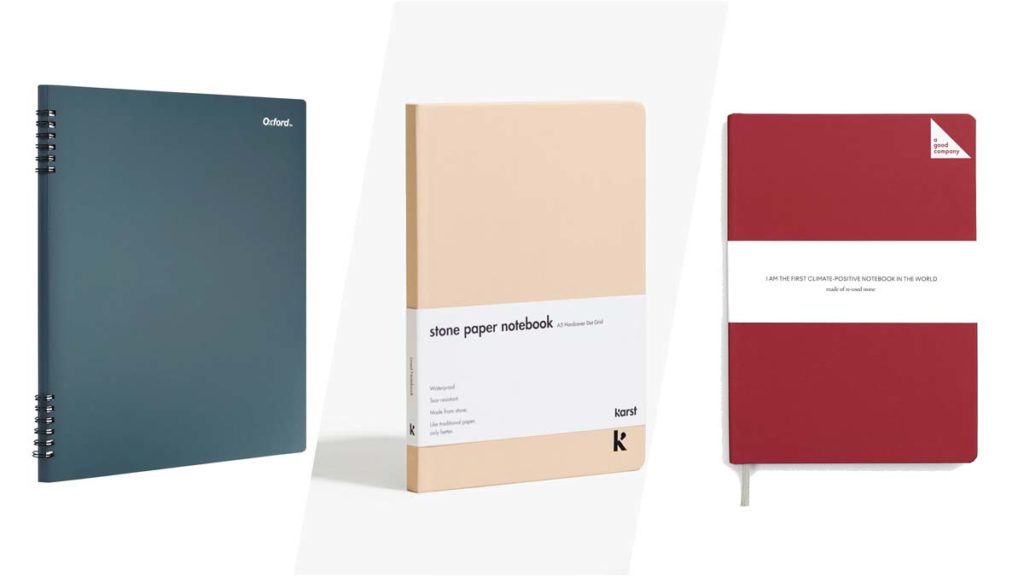
I first heard about stone paper in September 2018. A targeted advertisement for the Karst hardcover notebook “with paper made from stone” popped up on my Facebook feed. After constant badgering, I eventually relented and purchased one of their notebooks.
I got bit by the stone paper bug soon after. What follows is my review of three stone paper notebooks in the order in which I acquired them.
KARST
Karst sells its paper and itself as a design-oriented premium paper company. It showcases their products using contemporary design-aesthetic photography coupled with inspirational quotes - the Instagram look. Much like their paper, which is 80/20 calcium carbonate/HDPE resin, they use the same ratio on their company positioning, with the main focus being design and environmental bona fides second.
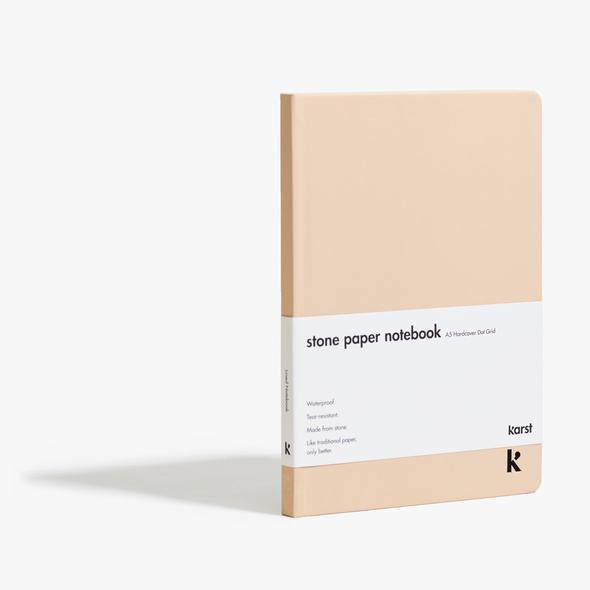
Dot Grid Hardcover Notebook 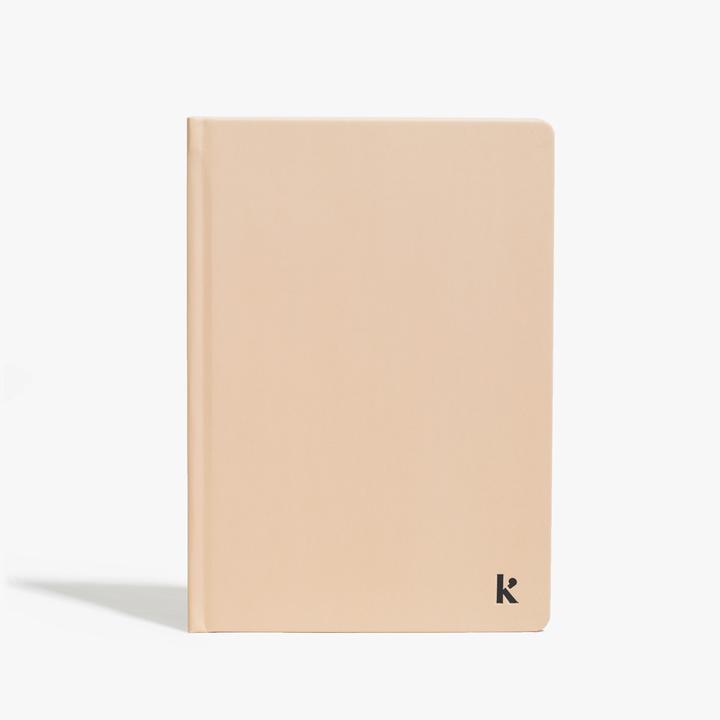
Dot Grid Hardcover Notebook
Close your eyes and imagine Jony Ive’s voice - you’ve heard him expound on materials and production methods in various Apple announcement videos. Now read this copy from Karst:
We like to think of Karst products as complementary tools in a world of digital devices. Luxury stationery that slips into your lifestyle, constructed by some of the world's best bookbinders and printers to make notebooks that feel part of your everyday life, rather than just writing tools. Our design is simple, functional and beautiful. We don’t want our products yelling at you with over-embellishment; we want them to collaborate with you through quiet refinement. Each aspect, from colour, to size, to aesthetic is thoughtful and intentional, designed to provoke your creativity.
- karststonepaper.com
If another paper company's copy oozed that quantity of farcically pretentious self-importance it would be understandable if your eyes rolled back far enough for you to visually examine your throat.
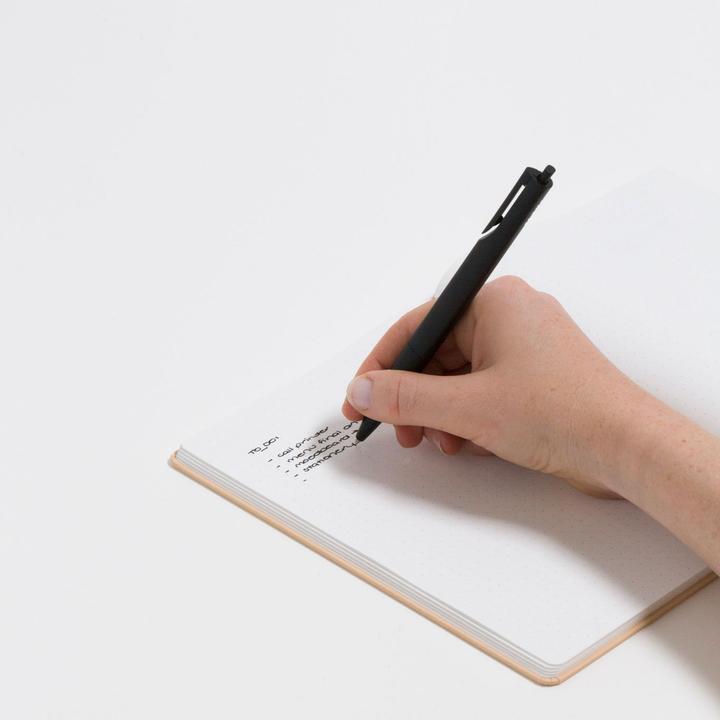
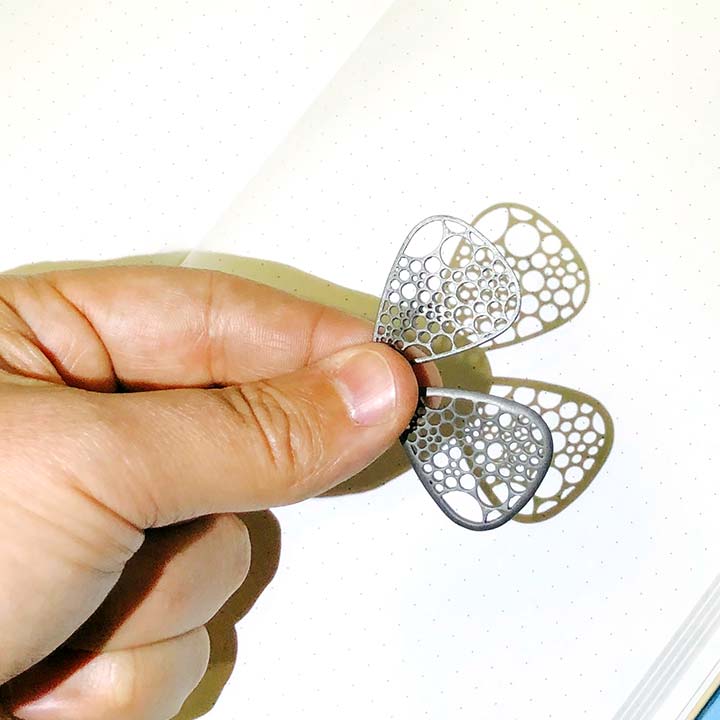
Casting shadows on stone paper with Hringpoki guitar picks
I’ll tell you right now though that Karst stone paper notebooks are really quite nice. A comparable A5 Moleskin will run you around $20. The Karst product is $10 more and has fewer pages but the stone paper feels amazing. You can get it wet and none of your notes will be lost, and environmentally speaking the production of the Kart notebook has a 60% lower carbon footprint.
But really, it’s the quality and feel of the paper that will get you hooked on using it in place of a traditional paper journal. Because stone paper has a slight bite, it feels more scribe-like than the experience of writing on standard pulp paper. Yes, I did just say writing experience. Sorry, but it feels different and interesting. And again, there are plenty of things you can do with stone paper that you can’t with pulp paper.
One of my discoveries, and so far I think I'm the only one who has shared this, is that stone paper is great for silverpoint sketching. Normally with this technique, you have to first prepare the surface - and while it's not one of Hercules' twelve labors, it is burdensome. Not having to is a nice benefit if you are into silverpoint. (The discovery inspired me to make two special styluses for the express purpose of sketching on stone paper.)
Discoveries aside, Karts’s notebooks are quite expensive. It would be silly if I didn’t look for a cheaper alternative. And I did find one.
OXFORD
The 8.5 x 11 inch Oxford stone paper notebook is the least expensive stone paper notebook of that size that I have been able to find. I purchased a two-pack on amazon (60 sheets per notebook) for $16 (referral link).
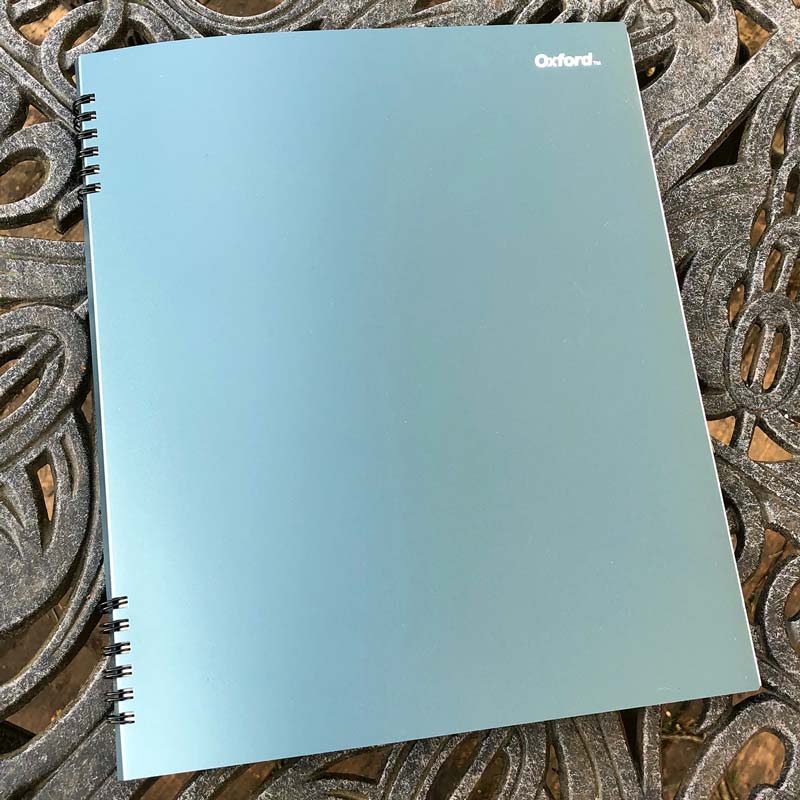
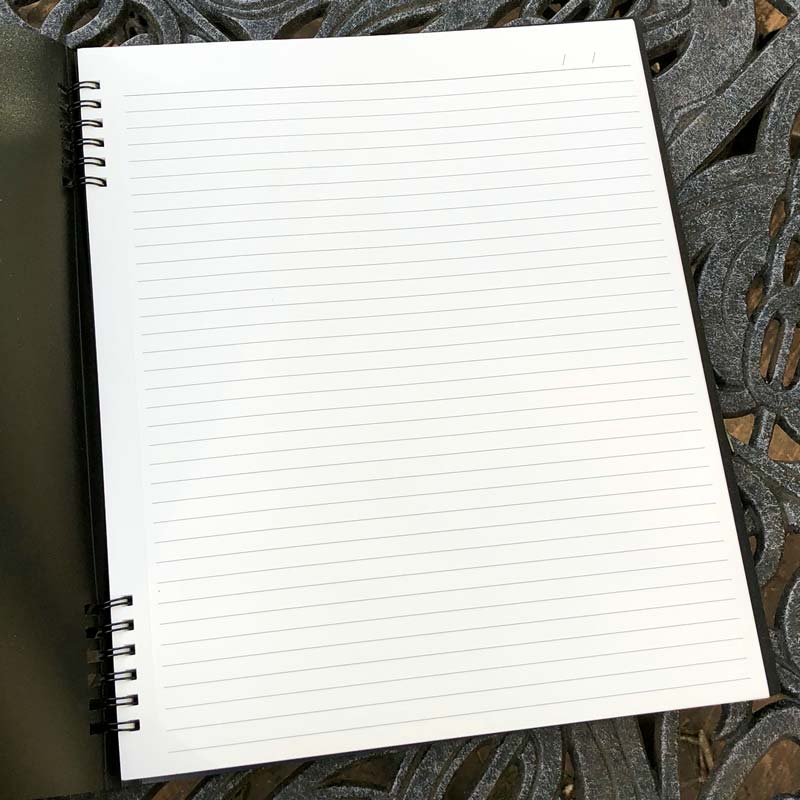
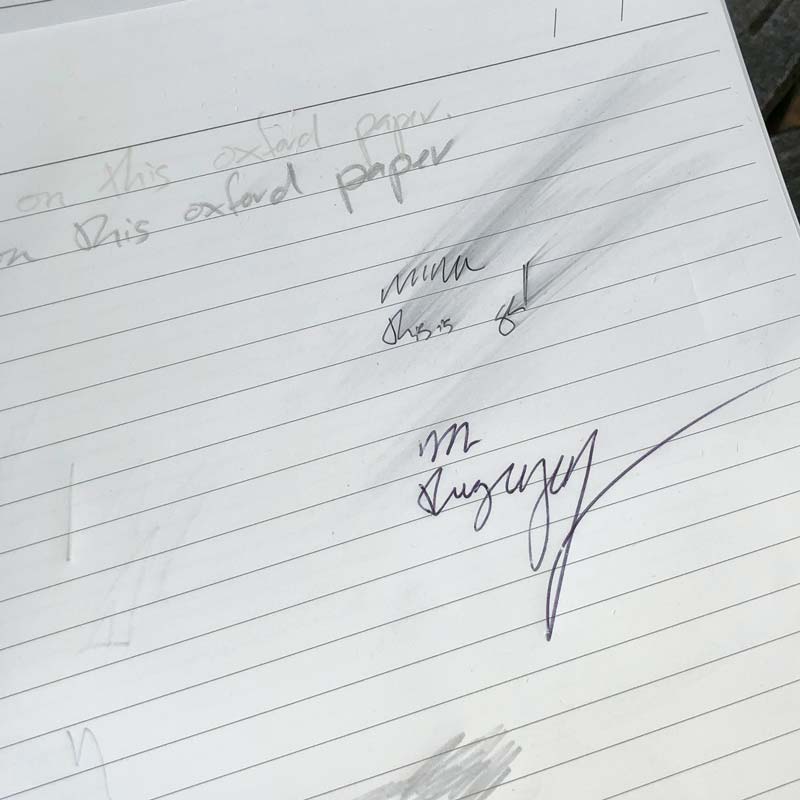
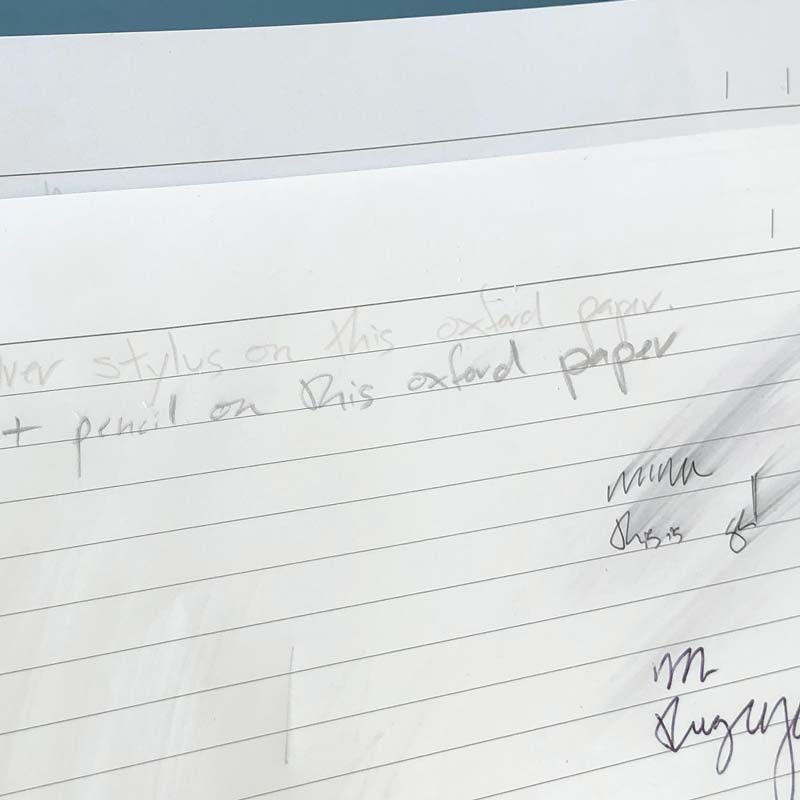
REALLY soft paper that you can easily poke through.
My excitement before receiving the Oxford notebooks quickly melted into disappointment when they arrived. While Karst's paper felt thick and luxurious the Oxford paper felt engineered for a price point. I assumed that the stone paper would be as thick, as bright, and feel as good as the stone paper from Karst. It’s not, and I guess I should have expected that. Good résumé paper is more expensive than printer paper for a reason. However the Oxford stone paper notebook, while having a decidedly non-premium feel, was still very expensive vis-à-vis traditional paper.
Yet it felt like cheap vinyl and it tore - especially by the perforations on the side - easily. Don’t even try to write on this paper with a sharp pencil because the tip will snag and poke through. It was rubbish to write on compared to other stone paper products and cheaper pulp paper alternatives.
Therefore the value proposition of the Oxford stone paper notebook is poor. At $16, it’s inexpensive by stone paper standards but is eyebrow raisingly expensive when compared to this 6-pack of 70-page traditional spiral-bound notebooks for $9.00 (referral link).
Not as nice as other stone paper offerings and worse than traditional paper all with a price premium. What’s the point? I don’t usually return products, even if they don’t entirely live up to expectations, however, I had to return these notebooks because I just couldn’t see using them for anything - other than waterproof paper airplanes which are not big on my list of things to do with expensive paper.
Maybe if this had been my first exposure to stone paper I would have a different opinion. At the same time, I don’t think I would have been as intrigued by stone paper if this had been my first experience.
Which leads me to my latest stone paper acquisition.
A GOOD COMPANY
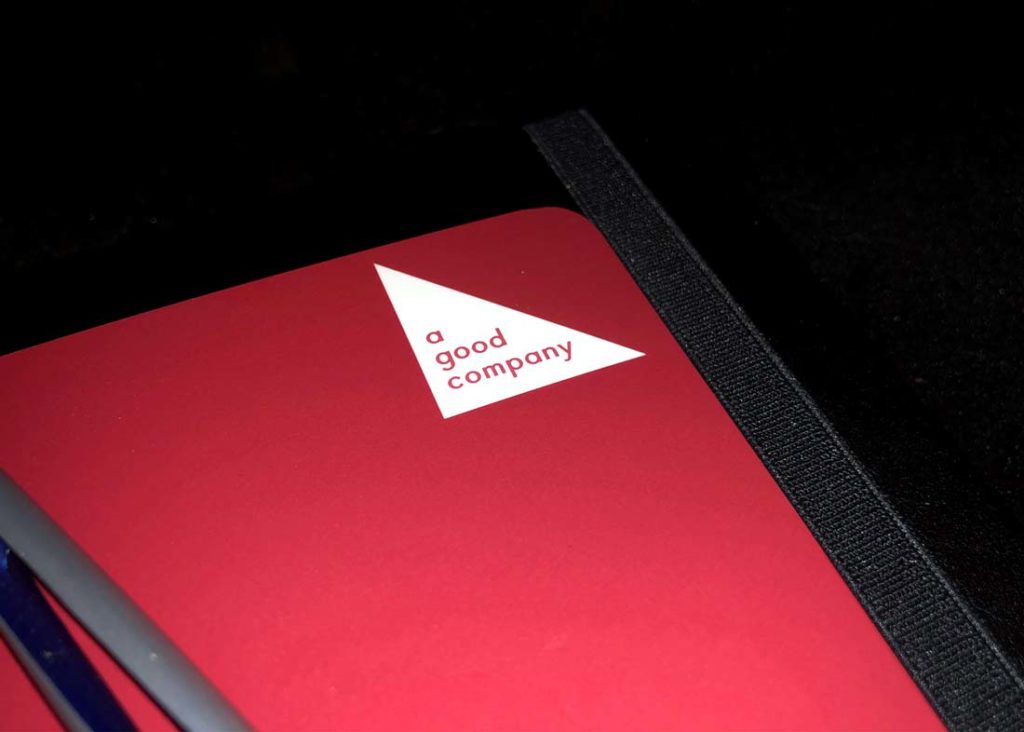
The stone paper by A GOOD COMPANY is more than just stone paper - though the paper is of exceptional quality. What sets it apart and elevates it above the competition is its holistic product development approach. From conception to production to how it's transported the folks at A GOOD COMPANY have created the most thoughtful stone paper product.
Before I get into what I mean by that, let me just say that I think the stone paper notebooks and sketchpads they make are superior to the other stone paper products I’ve used. Period.
The paper feels, to steal a phrase, insanely great. The leather - which is vegan - is buttery soft. And the offerings in terms of the sizes and types of paper - try finding a stone paper sketchpad anywhere else - can’t be beaten. They also have a growing number of non-paper products made to similar exacting standards.
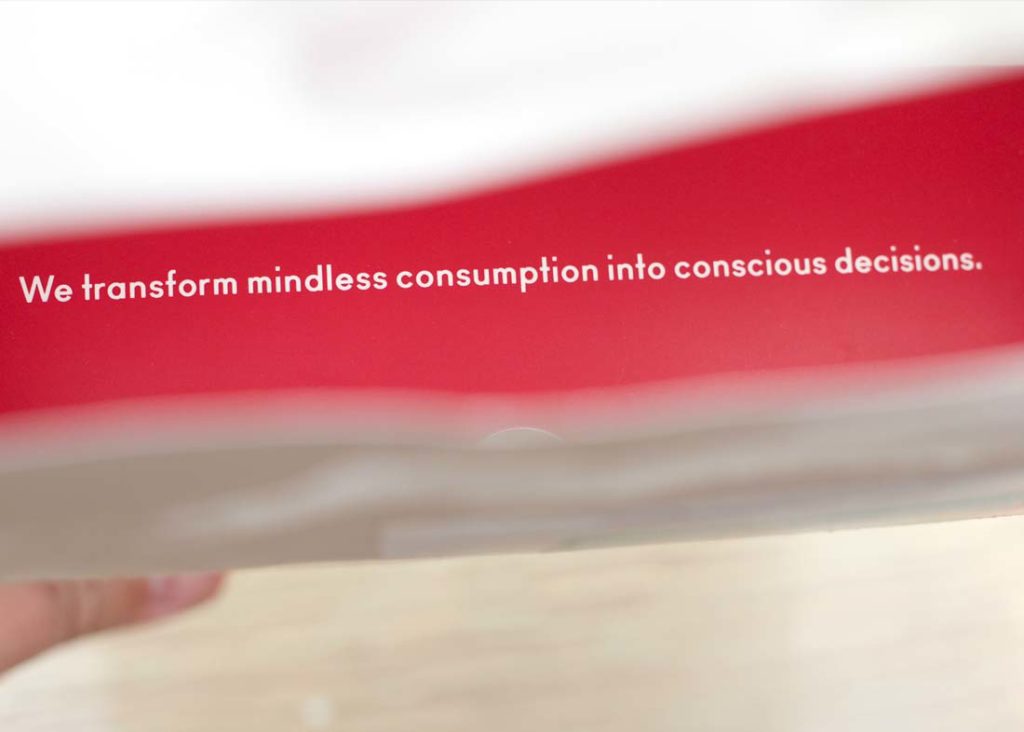
Now, when I say A GOOD COMPANY produces things holistically I mean it. Their stone paper notebooks are more than the sum of their parts and can only be fully understood and appreciated by reference to their company’s ethos.
We refuse to take shortcuts, and we obsess over every single step in the journey of our products, from how they are made to how they end up on your doorstep. We always walk the extra mile to improve our products and our processes, to ensure that we always are as responsible as we humanly can be.
- A GOOD COMPANY / BACKGROUND
They take into account more than the cost of raw materials or what a carrier charges for shipping. They calculate as close as they can the entirety of all the inputs that go into making it possible for you to possess one of their products. And before you go all "Colin the Chicken" on me, hear me out on why I think this is an important point to make.
What does all this gushing mean?
Take the A5 sized notebook I mentioned earlier. Let’s say you go to a store and buy a Moleskin. The price you pay doesn't include the totality of the costs incurred. For example, who pays for damage done to wildlife, land, and water from acids and bleach that leaked from the paper mill? Who covers the cost beyond fuel, salaries, and equipment in carbon emissions from shipping? Maybe the factory operates like a sweatshop?
Those costs are not contemplated by the price paid at checkout. But they exist. Eventually, they will have to be paid. After the mill closes maybe the EPA will have to step in to try to remediate the land. Do you know that the pulp and paper industry is the third-largest industrial polluter for air, water, and land in the United States? Studies show that it releases well over 100 million kg of toxic pollution each year.
A GOOD COMPANY states clearly that they consider ALL costs when pricing their products and that when given "the choice between different courses of action, we will always take the route that makes our company and our products better and more responsible. We will always climate compensate our shipments, even if that comes at a cost. We say firmly no to cheap but harmful materials, such as BPA-plastics.
We evaluate our suppliers & partners on more than just the cost."
Let’s compare and let's also say for comparison that the stone paper is comparable quality. The Karst notebooks come wrapped in un-recyclable cling wrap. They come packaged in standard shipping packaging material. And they arrive via standard shipping.
A similar notebook from A GOOD COMPANY isn’t wrapped in plastic. The packaging is ALSO made from stone paper. And they use climate compensated shipping. They are also completely transparent about where their factories are, their power sources, and even employee work shifts.
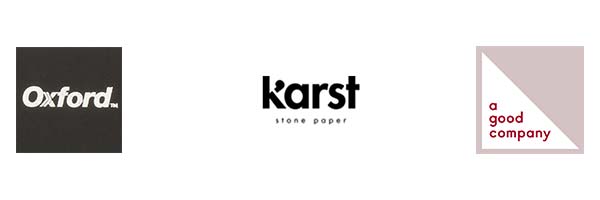
| OXFORD | KARST | A GOOD COMPANY | |
|---|---|---|---|
| stone paper | ✔︎ |
✔︎ | ✔︎ |
| recycled stone | ? | ✔︎ | ✔︎ |
| recycled HDPE binder | ? | ✔︎ | |
| C2C Cradle to Cradle - Silver | ✔︎ | ✔︎ | |
| ISO 14001 | ✔︎ | ✔︎ | |
| ISO 9001 | ✔︎ | ✔︎ | |
| REACH Compliant | ✔︎ | ✔︎ | |
| RoHS Compliant | ✔︎ | ✔︎ | |
| One Tree Planted | ✔︎ | ||
| Weforest | ✔︎ | ||
| The Vegan Society | ✔︎ | ||
| Climate Compensated Shipping | ✔︎ | ||
| Stone Paper Packaging Material | ✔︎ | ||
| Certified B Corporation | ✔︎ |
Source: Karst Certifications ; A GOOD COMPANY Certifications
So, even when compared to the stone paper products from Karst and others, A GOOD COMPANY comes out on top and lives up to its name. That is added value if you care about the world you want your children to inherit.
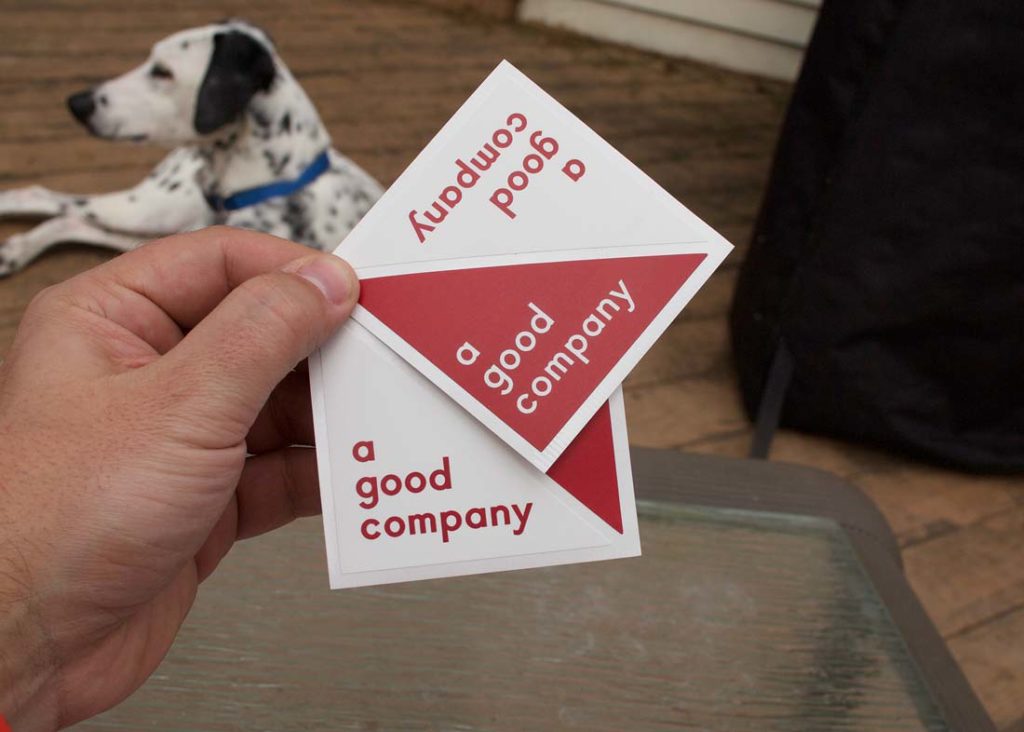
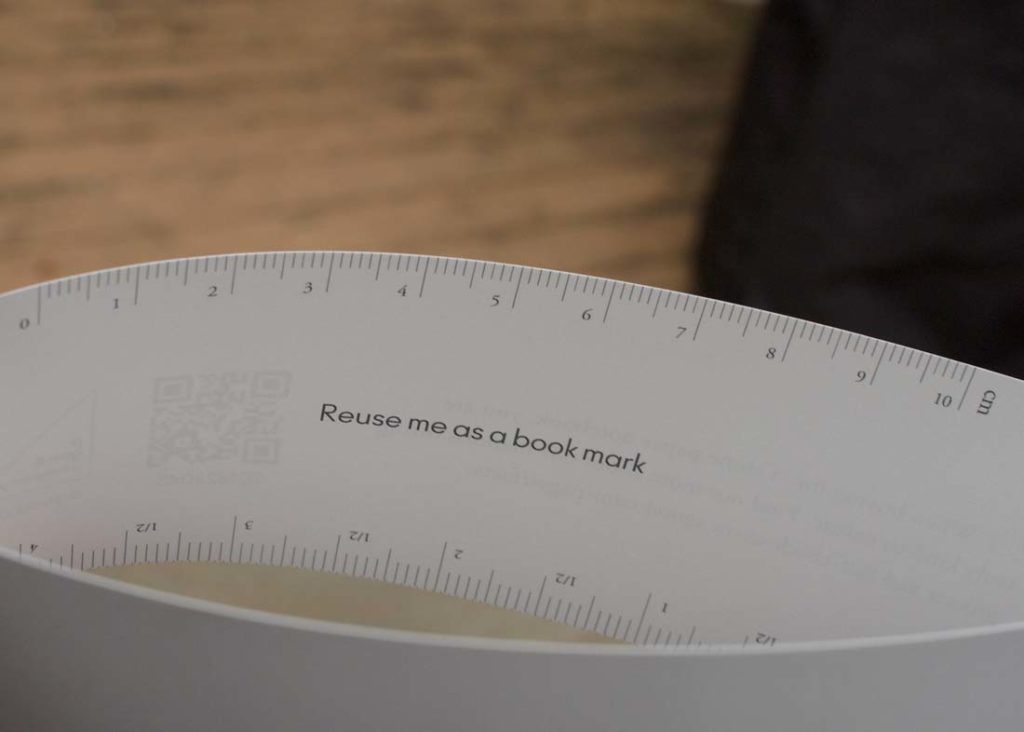
A Thoughtful Touch
And the product quality is unmatched while also having a price comparable to traditionally manufactured goods like a Moleskin and other high-end stone paper products like Karst's. Even what A GOOD COMPANY charges for climate compensated shipping is less than what other companies charge (and orders over $50 get free shipping).
So when it comes down to choosing which stone paper product to get there’s no doubt which company and product I prefer. Not only do you get a fantastically made (did I mention just how smooth the vegan leather is? I did, but it's worth mentioning again) product but you get one that has also been thoughtfully made and thoroughly vetted.
IN CLOSING
A couple of years ago I designed, funded, manufactured, and sold a ceramic bowl that looked ecologically and was made in an ecologically conscious way. It was called The South Bowl.
For one person, it was quite the undertaking, and if I’m honest, not entirely successful. But that experience taught me about the difficulties that arise when you try to make a quality product that is climate-conscious and environmentally sound. I also learned how hard it is to impress upon people the value of a thoughtfully designed and produced product; especially when lower-priced conventionally made alternatives exist.
Stone paper will not replace traditional paper. But I do hope that the kind of innovative and responsible thinking displayed by A GOOD COMPANY becomes the norm and I applaud them for leading the way.
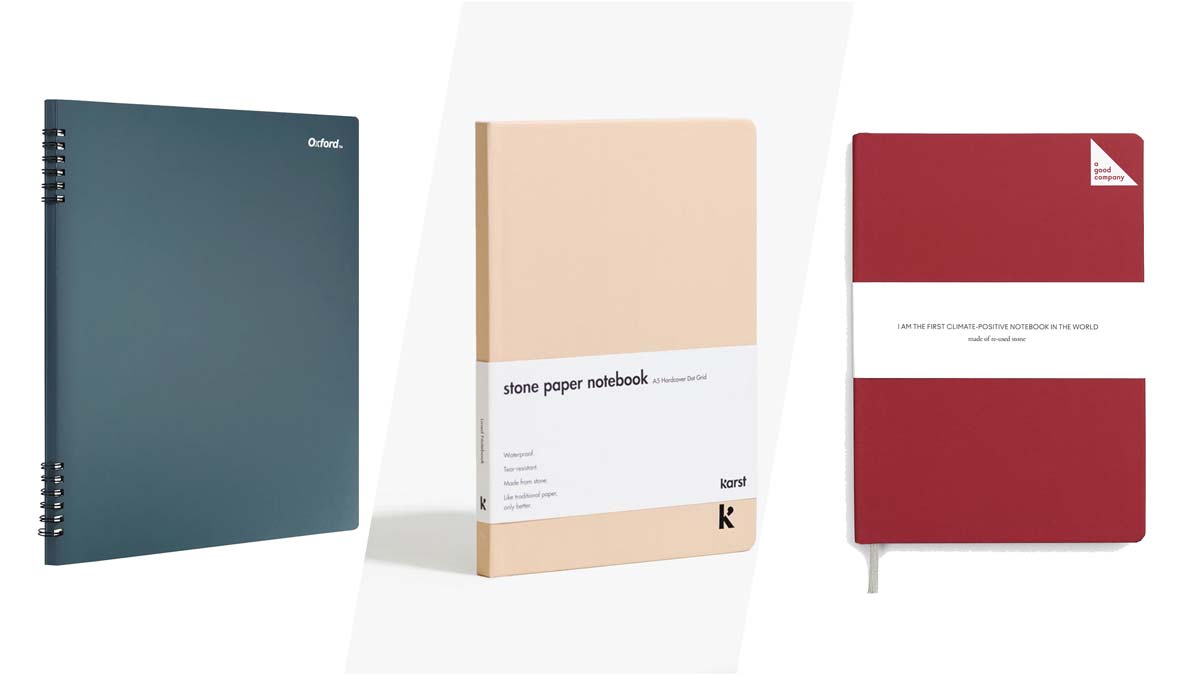


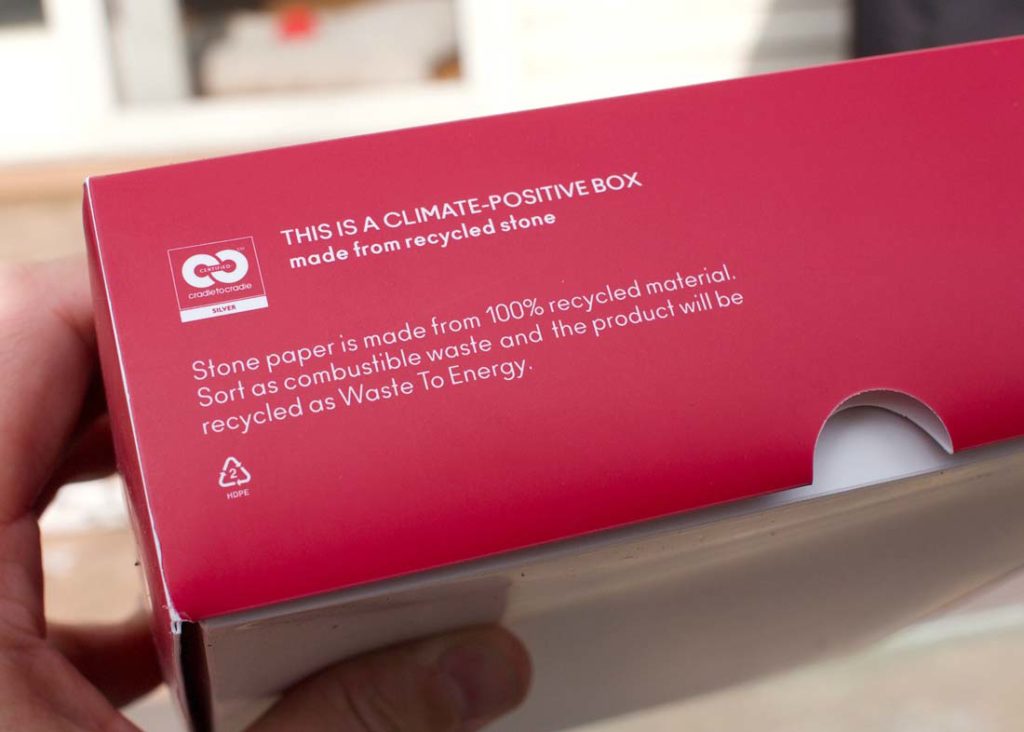
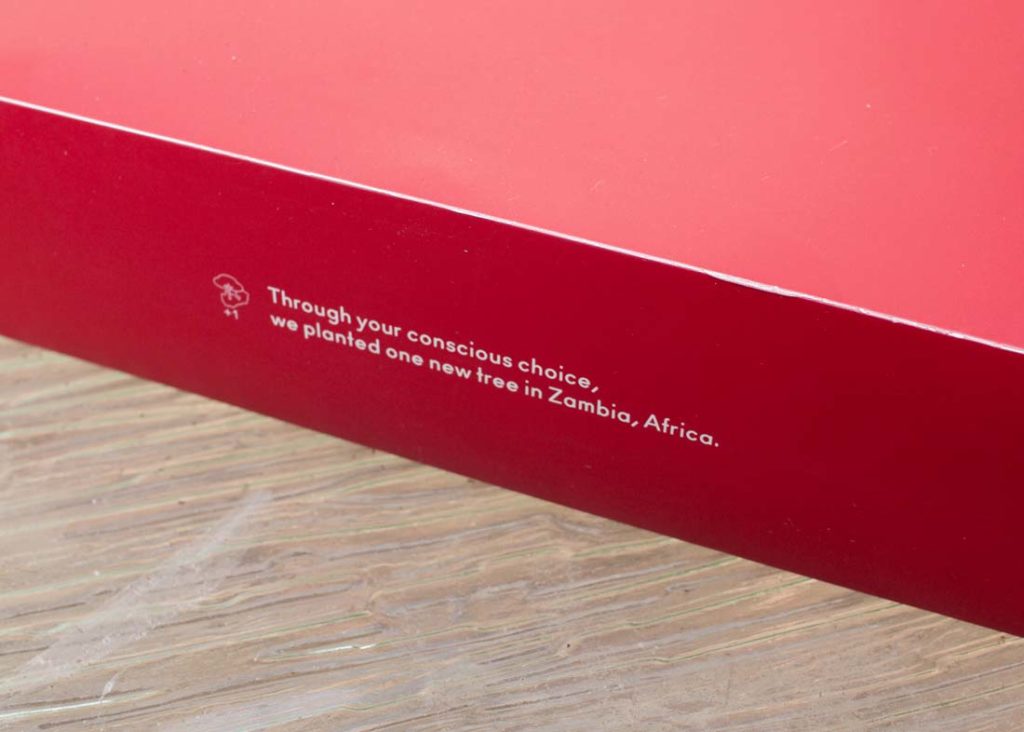
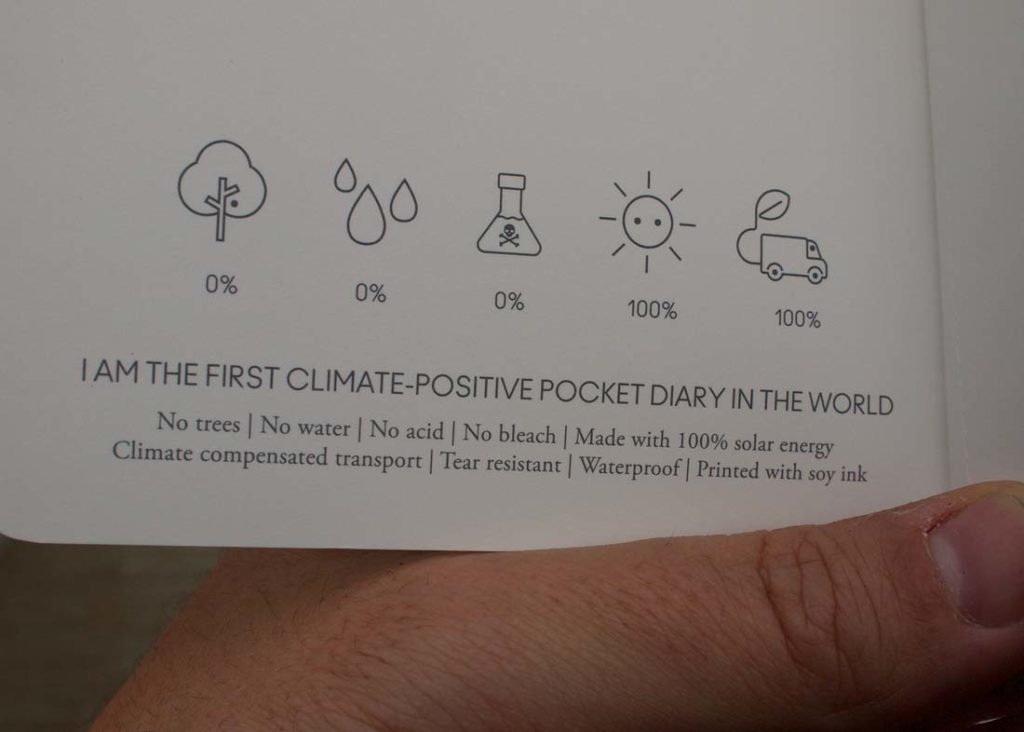
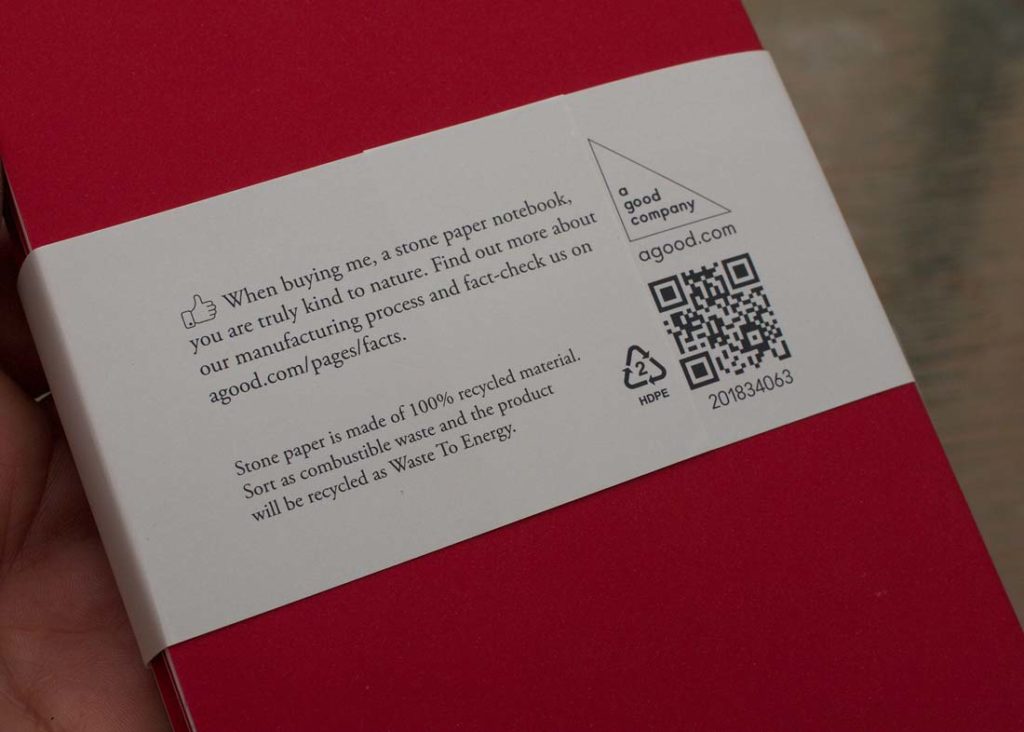
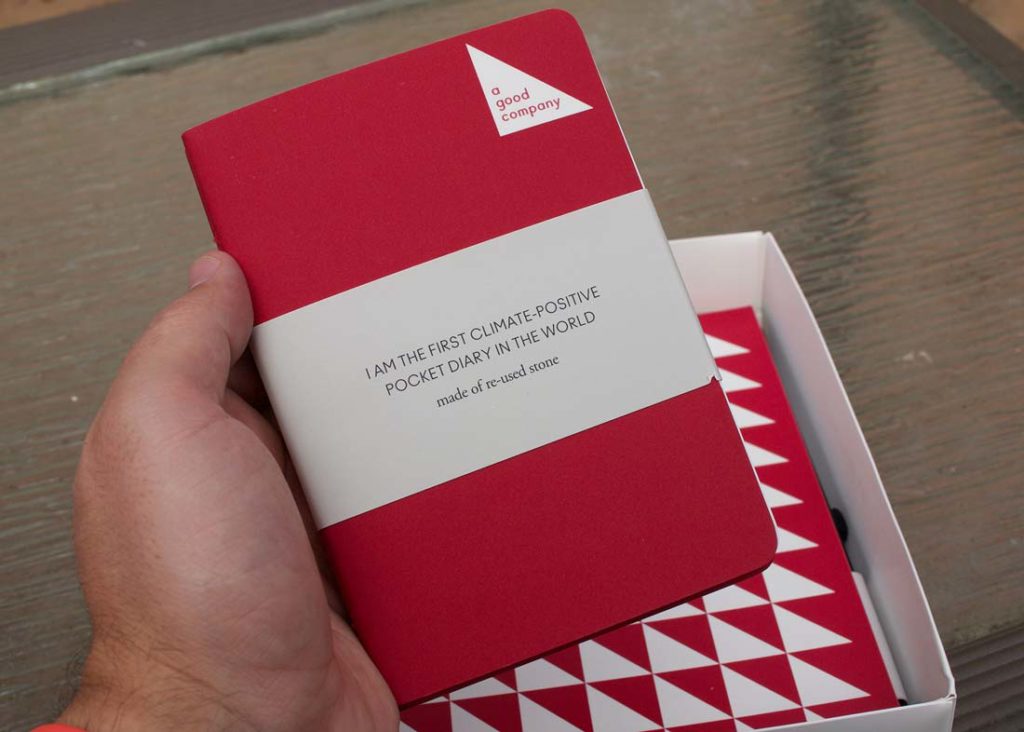
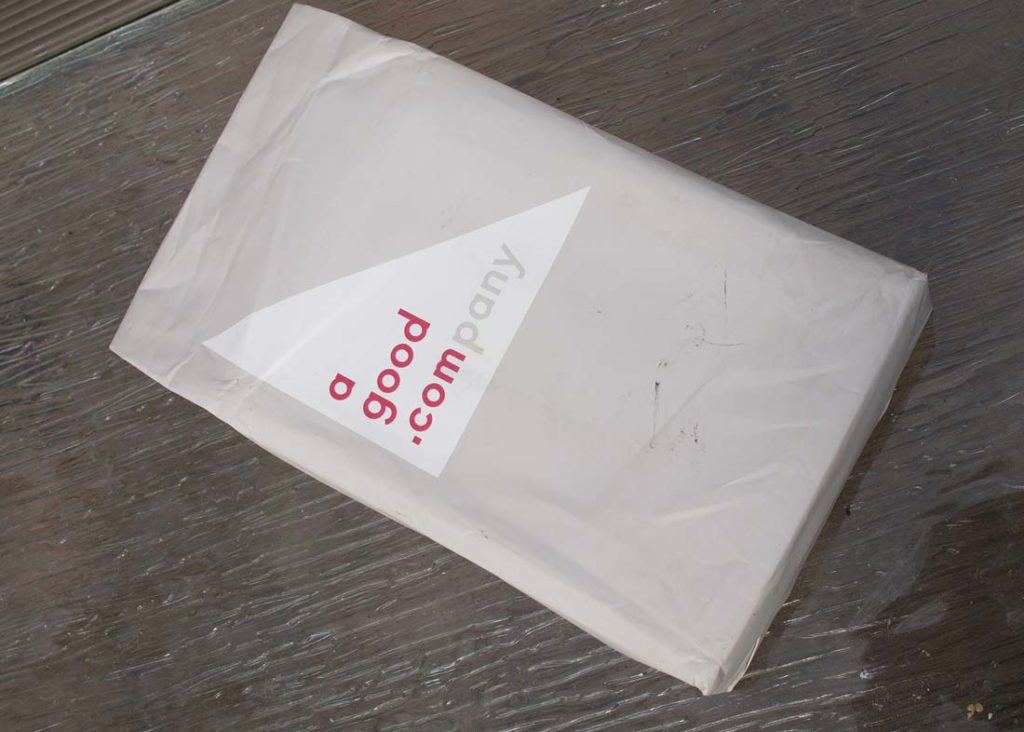
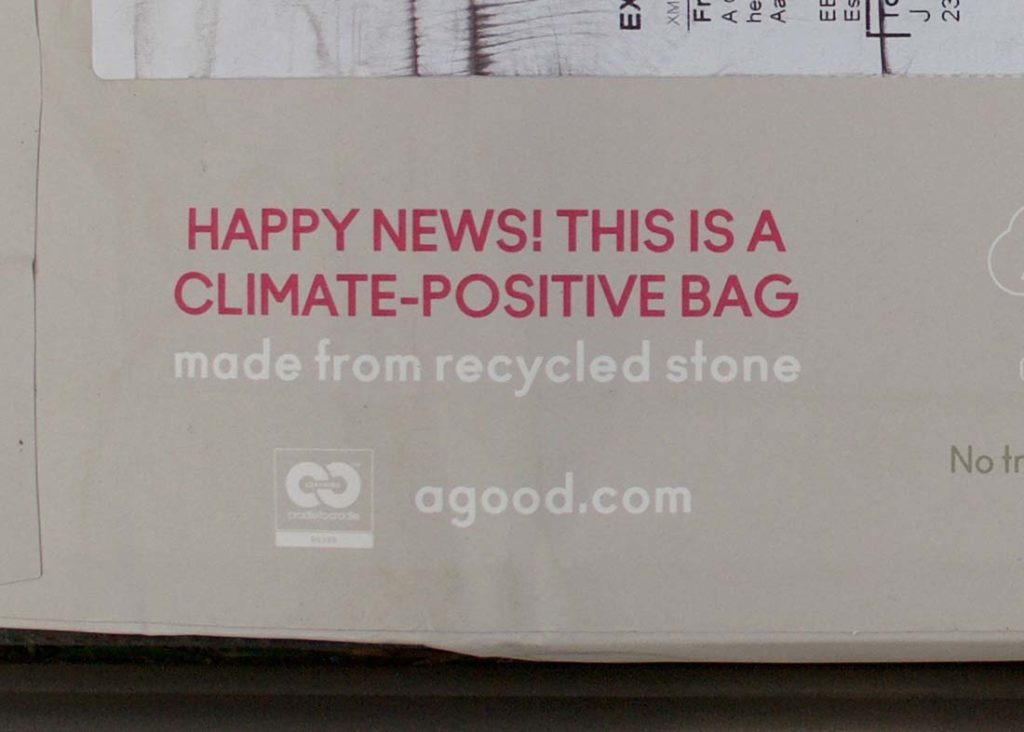
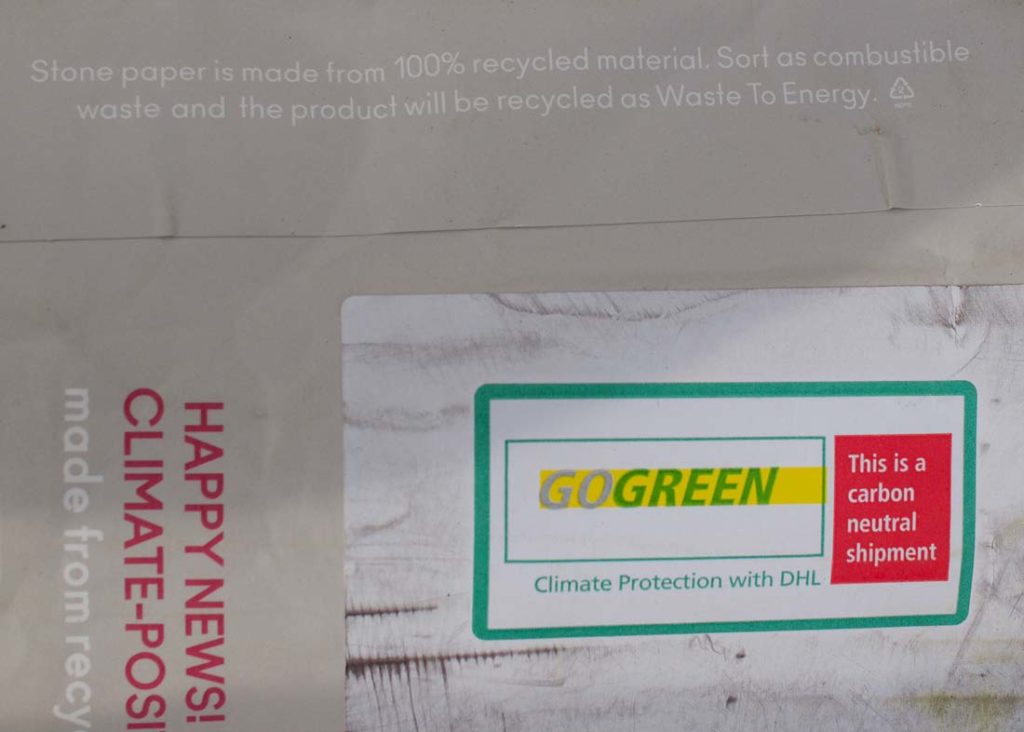
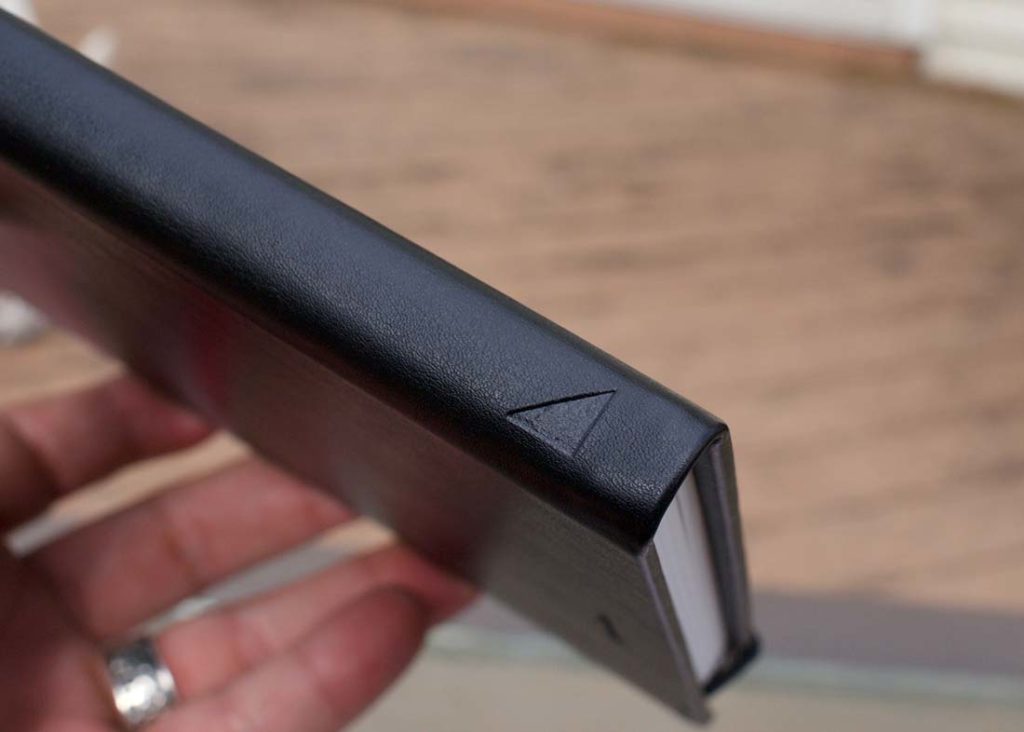
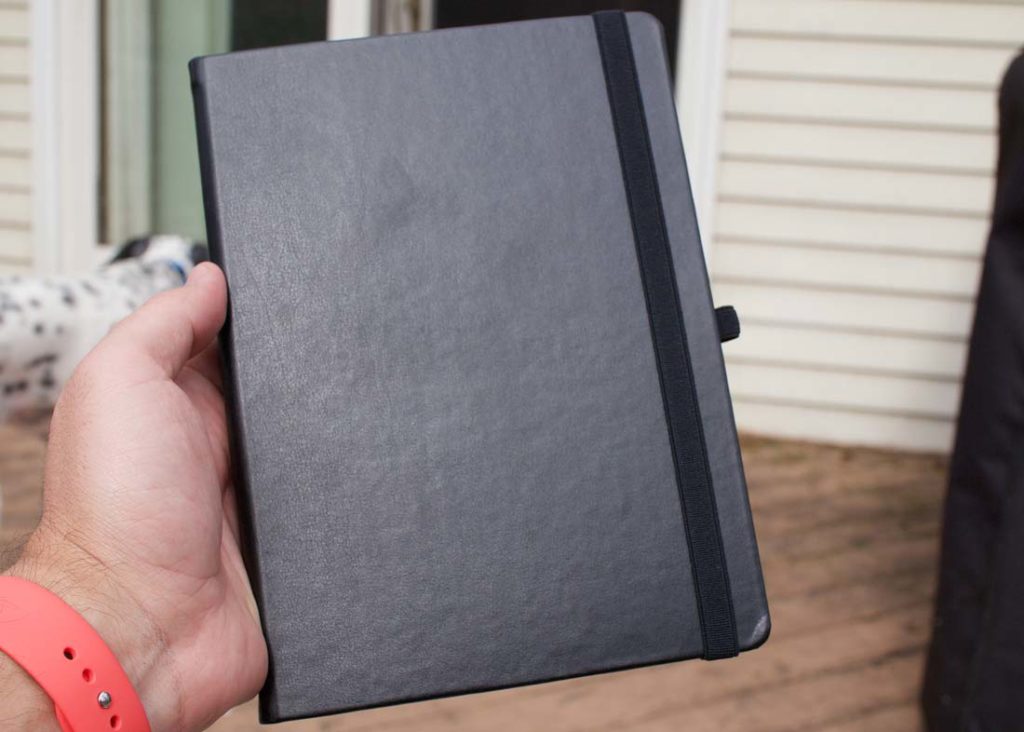
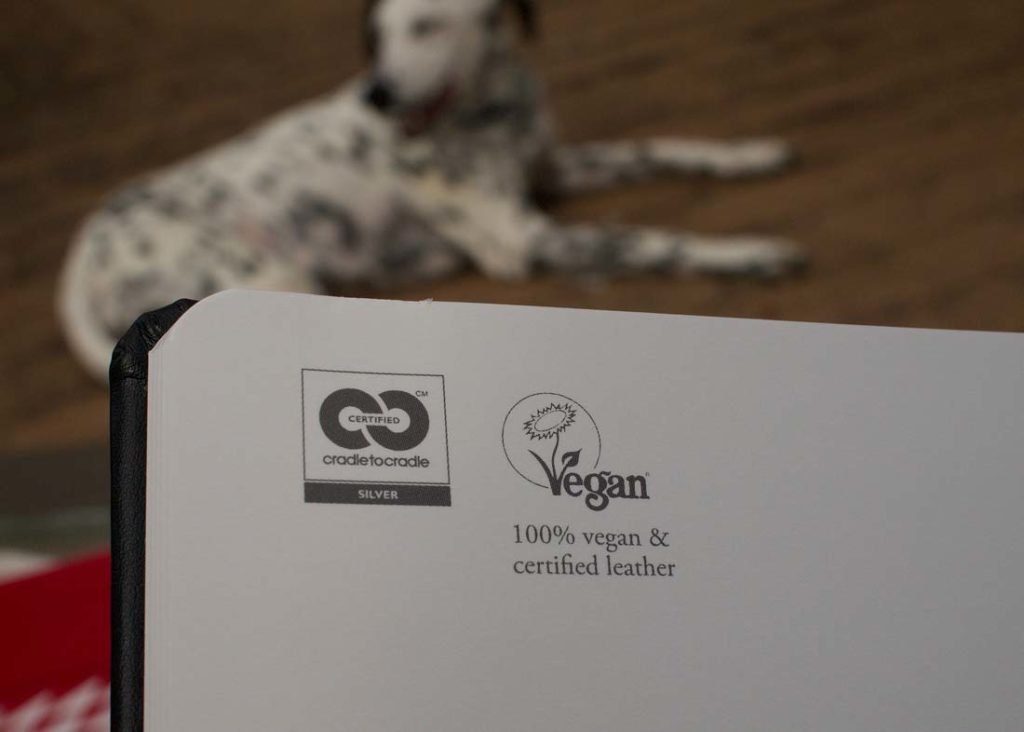
No comments.